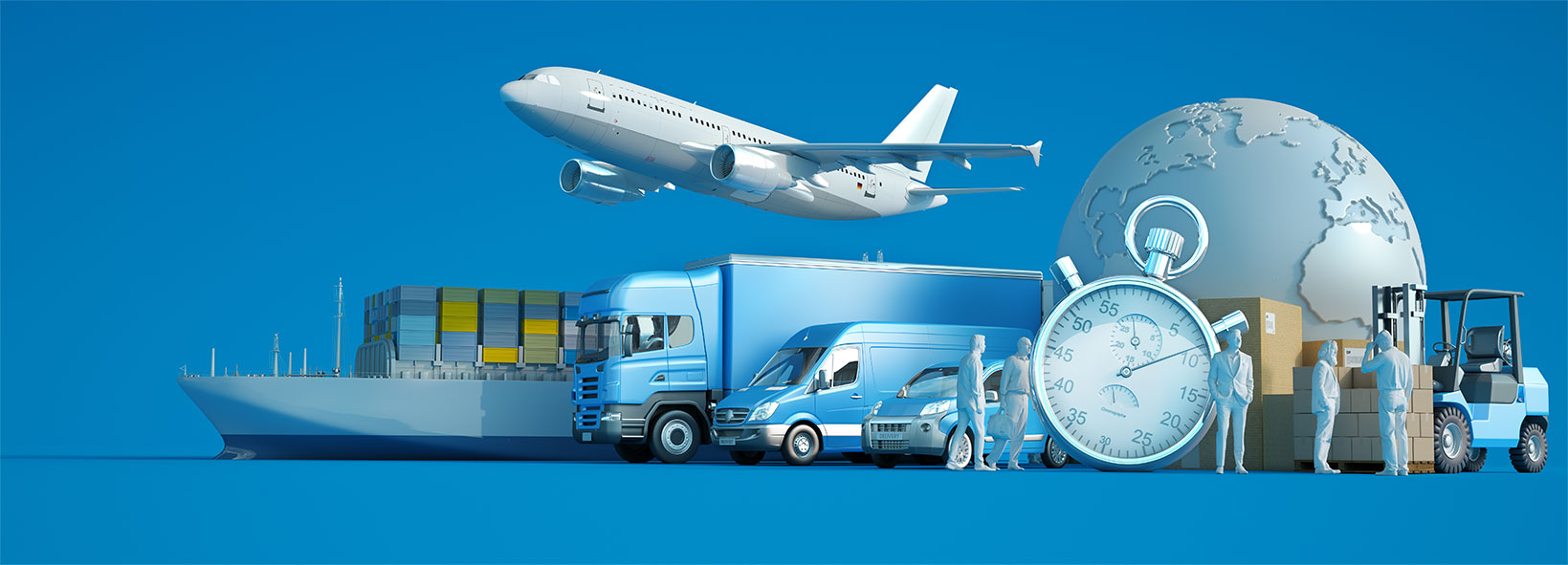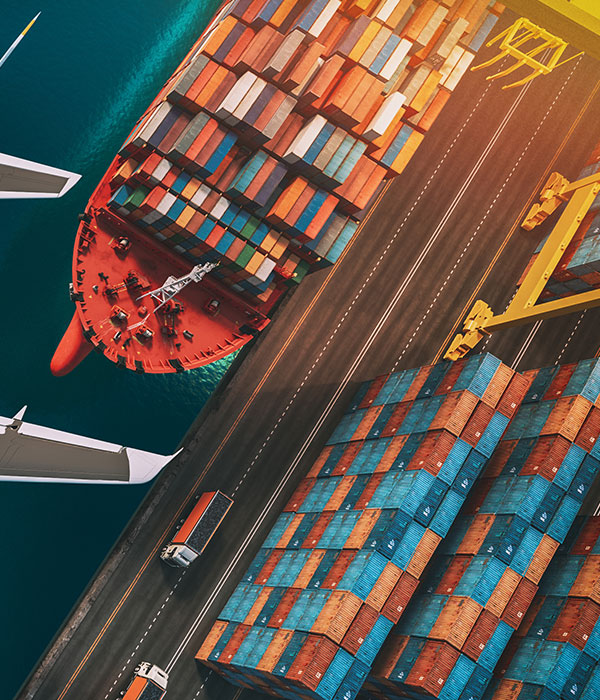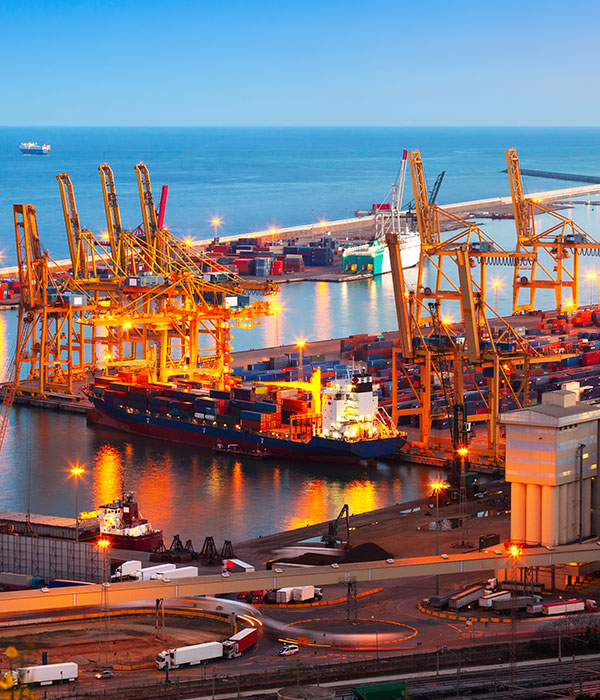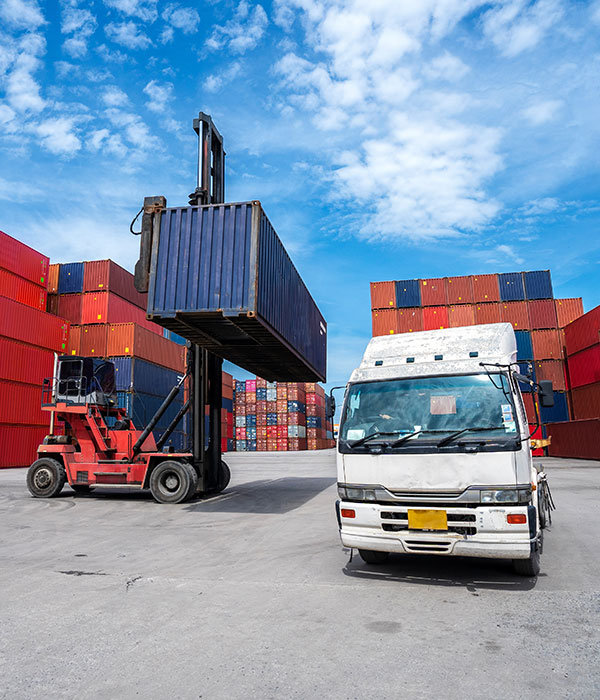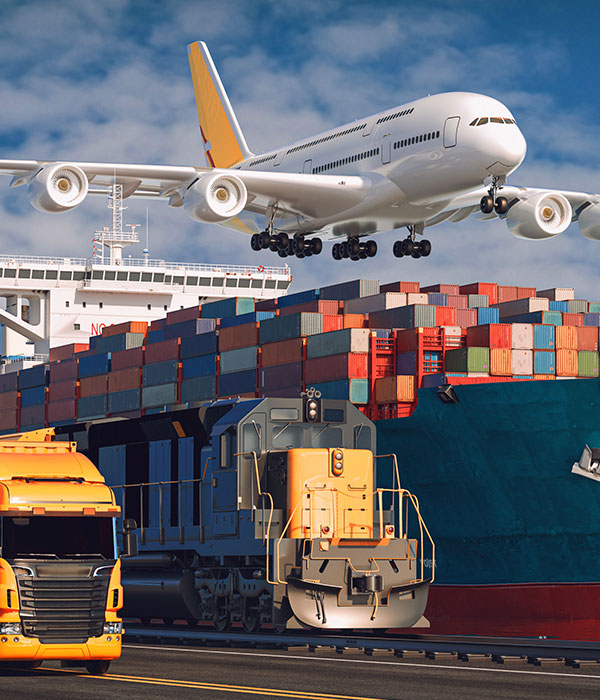According to the latest report from shipping consultancy Alphaliner, MSC has quietly transferred its ultra-large fleet originally deployed on the Far East-Northern Europe route to the Far East-Mediterranean and Asia-West Africa routes. At the same time, Replacing the main ship types on the Asia-Northern Europe route with "Neo-Panamax" ships with smaller average capacity was called an "unexpected" move by Alphaliner and attracted great attention from the industry.
After officially withdrawing from the 2M Alliance for independent operations in early February 2025, MSC has comprehensively restructured its Asia-Northern Europe route network. Previously, the company operated four independent routes on this route, including "Albatros", "Lion", "Swan" and "Britannia", all of which are dominated by 24,000 TEU class ultra-large ships. However, according to MSC's latest schedule, MSC has withdrawn all ultra-large ships from the Nordic route and deployed them on the more profitable Mediterranean and West Africa routes.
全球最大集装箱航运公司地中海航运公司(MSC)近期对其超大型集装箱船(19,200-24,300TEU级别)的部署策略进行了重大调整.
据航运咨询机构Alphaliner的最新报告,MSC已悄然将原本部署在远东-北欧航线的超大型船队转移至远东-地中海及亚洲-西非航线,同时,将亚洲-北欧航线的主力船型替换为平均运力较小的“新巴拿马型”船舶.这一调整被Alphaliner称为“出人意料”的举措,并引发了业界的高度关注.
自2025年2月初正式退出2M联盟独立运营后,MSC对亚洲-北欧航线网络进行了全面重构.此前,该公司在该航线上运营的四条独立航线,包括“Albatros”、“Lion”、“Swan”和“Britannia”,均以24,000 TEU级超大型船为主力.然而,根据MSC最新的船期表,MSC已将所有超大型船撤出北欧航线,转而部署在盈利更高的地中海和西非航线上.在远东-北欧航线上,MSC将投入17艘13,000-16,616 TEU的船舶,平均单船运力降至约14,700 TEU.



